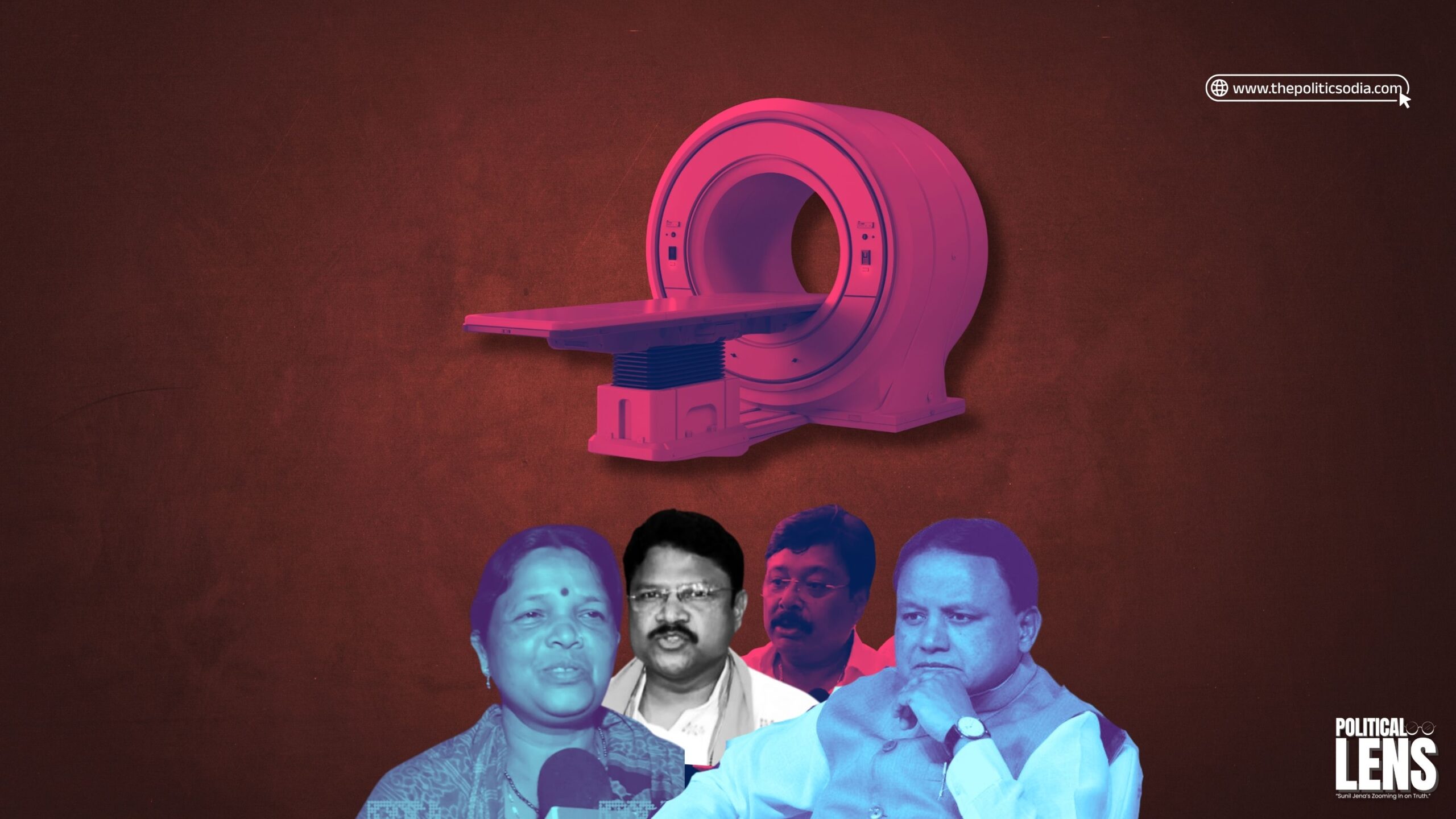By Sunil Jena | Editor-in-Chief, The Politics
Bhubaneswar | July 2025
When student Soumyashree Bisi of FM College lit herself on fire after a prolonged and ignored plea for justice, she not only set ablaze her future but also ignited a political storm across Odisha. Days after her death, while the public continued to grieve and demand accountability, the state’s ruling party—Biju Janata Dal (BJD)—took to the streets. But as water cannons drenched its leaders and protesters, the question lingered: Was this a genuine protest or a political performance to retain relevance in a changing tide of opposition?
A Sudden Protest, A Loud Spectacle
On July 15, barely hours after Congress had announced an Odisha Bandh for July 17 to protest the state’s inaction in Soumyashree’s case, the BJD scrambled together a counter-move. Senior leaders, including Sulata Deo, Pranab Prakash Das, and Danny Ghaday, led a dramatic siege of Lok Seva Bhawan. What was unusual, however, was the timing.
Sources from within BJD confirm that the protest plan was decided late on July 15—a clear sign of political reaction, not leadership initiative. And when the police deployed water cannons, it wasn’t just the protesters who got wet. BJD’s MLAs were caught on camera performing acts of apparent distress, later being photographed from hospital beds.
Social media was swift to respond—with memes, satire, and biting sarcasm. One trending post read: “If drama is what you do, then do it on your stage at Shankha Bhawan, not on the streets where people demand real justice.”
Congress Sets the Tone
Ironically, the Congress—not known lately for its grassroots muscle in Odisha—first called for a statewide bandh and posed the sharpest questions. By the time BJD reacted, it was already one step behind. Even as the BJP maintained its silence, letting the infighting play out, Congress gained unexpected political capital.
This discomfort within BJD circles is evident. Many workers reportedly opposed the hurried protest, saying it appeared more like an attempt to dilute the growing traction Congress was gaining on the issue than a sincere demand for justice. Many argue that the hasty move and poor coordination turned a sensitive issue into political theatre.
The Missing Core: Soumyashree
In all this noise, the core issue—the death of a bright, young woman—seems to be fading into the background. Soumyashree’s self-immolation was a desperate act borne out of systemic negligence. Her voice, ignored in life, is now being hijacked in death.
No ruling party leader visited her before the tragedy. No major policy announcement followed her death. Instead, what the state witnessed was a choreographed performance of outrage. This is where the line between protest and posturing becomes dangerously blurred.
Beyond Optics: What Now?
The death of Soumyashree has laid bare the fragile state of justice, women’s safety, and institutional accountability in Odisha. The failure isn’t just administrative—it’s deeply political.
When a party that has ruled for over two decades needs hospital beds and water cannon footage to prove its empathy, perhaps it’s time for the public to ask—who stands for them?
Real justice isn’t found in protests orchestrated for headlines. It lies in listening, acting, and standing with victims when the cameras aren’t rolling.
Until then, Soumyashree’s memory will haunt Odisha—not because she died, but because of how her death was used.



